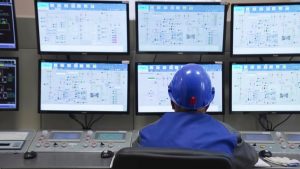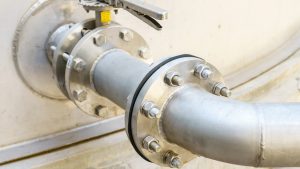Valve Degradation grabs the attention of the authorities in a water treatment plant as it can lead to severe damage as well as inefficiencies in the whole process. As the technology upgrades, those authorities have found innovative and advanced solutions to spot valve issues such as degradation before they become a burden. CCTV is one such technological advancement that enters into the scenario to revolutionise the water treatment plant missions and streamline them to provide an excellent water supply.
What is this CCTV technology and how can it offer a helping hand to find the solutions to valve degradation challenges in a water treatment plant? This article will help you in gaining that knowledge.
What is CCTV and How Does It Work?
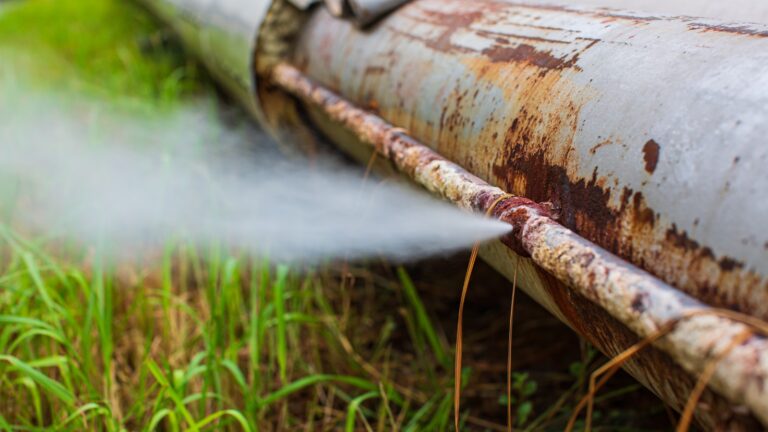
‘Closed-circuit television’ is widely known as CCTV. What happens with CCTV technology is not something to take lightly. Unlike ordinary television broadcasts, which are available to the public, CCTV broadcasts are only sent to authorised monitors. A CCTV system increases security by providing monitors with live video. These recorded videos can be captured and replayed whenever necessary.
If put in other words, a CCTV system is a type of video system that employs carefully placed video cameras throughout a particular area to display both real-time watching and footage replay. CCTV cameras operate by continuously recording a series of pictures that are subsequently wirelessly or through a wire related to a display device where the series of photos is shown as video footage. Accordingly, both wired and wireless CCTV systems are available in the market. As the most widely used type of CCTV, the Wireless systems operate on the idea of joining a signal hub link and providing anyone with round-the-clock viewing.
3 Main Types of Valve Degradation Issues in Water Treatment Plants
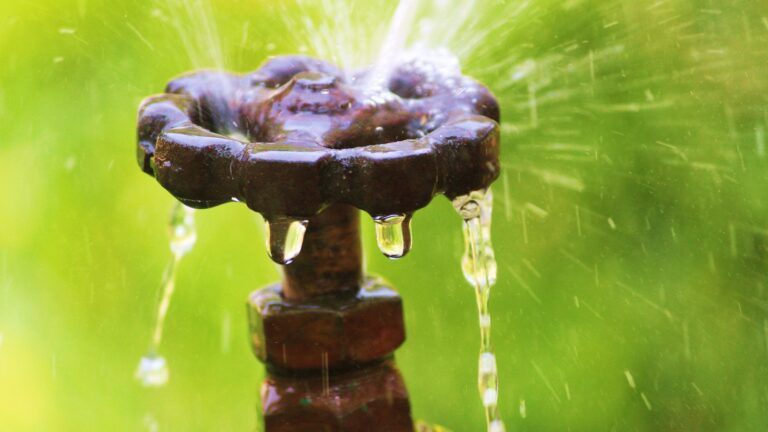
Scaling
If the main challenges in valves are concerned, Scaling represents a significant challenge within water treatment plants. How is it possible? It arises when water-borne minerals and silt slowly build up on valve surfaces. This buildup impairs the valves’ ability to close properly and inhibits their ability to move freely. Scale accumulation can have several negative effects, such as decreased flow control, increased energy use, and worsened valve performance.
Water treatment facilities must adopt consistent upkeep and cleaning procedures to address these problems. These preventive steps are crucial for avoiding scaling-related issues, and making sure that valves function properly. Another crucial factor is preserving the general integrity of the water treatment process which is important for supplying communities with clean and safe drinking water.
Corrosion
Corrosion poses a substantial challenge in water treatment plants due to the corrosive properties of the chemicals and minerals within the water. Valves and pipes constructed from materials like iron or steel are the main culprits behind this gradual corrosion in the first place. It results in detrimental consequences, including leaks, diminished flow rates, and ultimately, valve malfunction with time.
The use of corrosion-resistant materials and protective coatings is essential for fighting off the destructive effects of corrosion. These preventative methods are what authorities commonly rely on when increasing the overall effectiveness and dependability of water treatment facilities.
Wear and Erosion
In water treatment facilities particularly, valves have to withstand high-pressure and high-velocity flows that usually accelerate the wear and erosion of their essential parts. Critical components like valve seats, seals, and stems could start to fail as a result of this. Continuing stress over time is another reason. As an outcome, leakage problems arise, endangering the integrity of the system. Plus, it can affect the control effectiveness, compromising the overall performance of the plant.
Paying close attention to every last detail is essential to combating these wear and erosion issues. In order to ensure the continuous delivery of clean, safe water to communities, this includes making wise material choices to withstand challenging operating conditions, implementing frequent inspections to spot early signs of wear, and following a strict maintenance schedule.
How is CCTV Employed for Spotting Valve Degradation in Water Treatment Plants
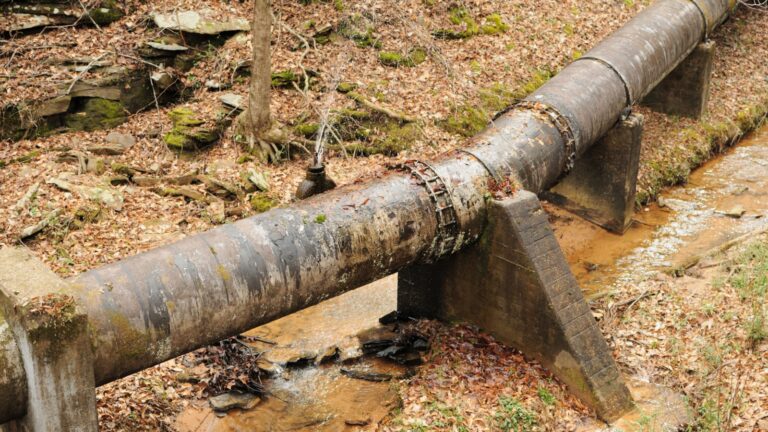
Integration with Alarm Systems for Leakages
CCTV technology owns a top place in spotting valve degradation issues within water treatment plants, particularly when integrated with alarm systems tailored for leak detection. When CCTV is linked with alarm systems, water treatment facilities can proactively monitor valve health. These integrated systems are designed to identify specific conditions indicative of valve degradation, such as abnormal valve operation or the presence of excessive leaks.
What happens when such conditions are detected? Usually, the alarm system promptly triggers alerts, notifying plant operators in real time. This immediate response capability is outstanding, as it enables swift intervention to address potential valve problems on time. Also, it helps in, preventing further damage, minimising downtime, and ensuring the uninterrupted flow of clean, safe water to communities.
Infrared Imaging to Spot Temperature Variations
Another aspect that CCTV technology proves highly effective in identifying valve degradation issues within water treatment plants is through the utilisation of Infrared Imaging capabilities. Advanced CCTV systems often integrate infrared (IR) cameras that have the unique ability to detect temperature variations. This feature proves to be valuable as it allows operators to spot overheating or unusual temperature changes in valves. It goes without saying that such irregularities serve as early warning signs, indicating potential operational problems or impending failures.
Again, when the authorities constantly monitor temperature variations through IR cameras, they can swiftly identify and address deteriorating valve conditions. This is an outstanding proactive approach and it aids in preventing costly downtime. Furthermore, it helps reduce maintenance expenses and ensures the uninterrupted supply of clean water to communities which optimises the plant’s overall efficiency and reliability.
Recording and Playback to Identify Patterns
This acts as a valuable tool in spotting valve degradation issues within water treatment plants, specifically through its ability to record and playback footage. These systems have the ability to document plant operations, allowing for comprehensive retrospective analysis.
This recorded data proves useful in identifying long-term trends and patterns in valve behaviour and degradation. Plant authorities can now spot tiny changes or degradation that could have gone unreported during real-time monitoring by carefully examining the footage over time.
Remote Surveillance of Different Locations
These systems enable operators to access live video feeds from various points throughout the plant without the need for physical presence. The best thing is that it offers a real-time panoramic view of critical areas. This remote surveillance capability allows for the early detection of valve problems, such as leaks, abnormal valve operations, or signs of wear and corrosion.
When the plant’s operators have the capabilities to identify issues swiftly, they can promptly minimise the potential for extensive damage. Ultimately it helps reduce downtime and conserve valuable time and resources. This proactive approach ensures the continued delivery of clean, safe water to communities while optimising operational efficiency.
Visual Inspection of Valve Condition
As another benefit, it gives a hand to detect valve degradation issues in water treatment plants through visual inspection. These cameras offer continuous real-time monitoring of valve conditions, enabling operators to observe critical components like seals, stems, and actuators. This visual inspection allows for the early identification of any signs of wear, corrosion, or damage, which might lead to leaks, reduced performance, or even valve failure.
Since it is possible to closely monitor valve health, water treatment plant operators can take timely corrective actions, ensuring the reliability of the system accordingly. Plus, it minimises maintenance costs and safeguards the consistent supply of clean water to communities.
Expediting Business Operations with New Tech
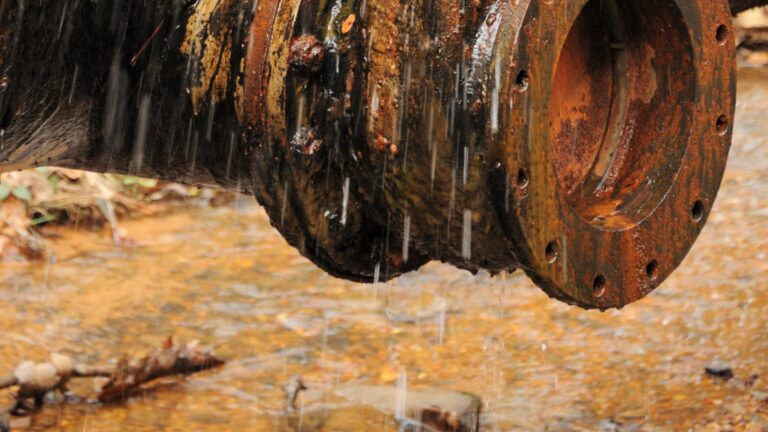
It is common to encounter various problematic situations when you walk on the path towards ‘business success’. That is why you need to have a thorough understanding of the new world of technology. These undoubtable tools will help you battle all the problems through their features and functions.

